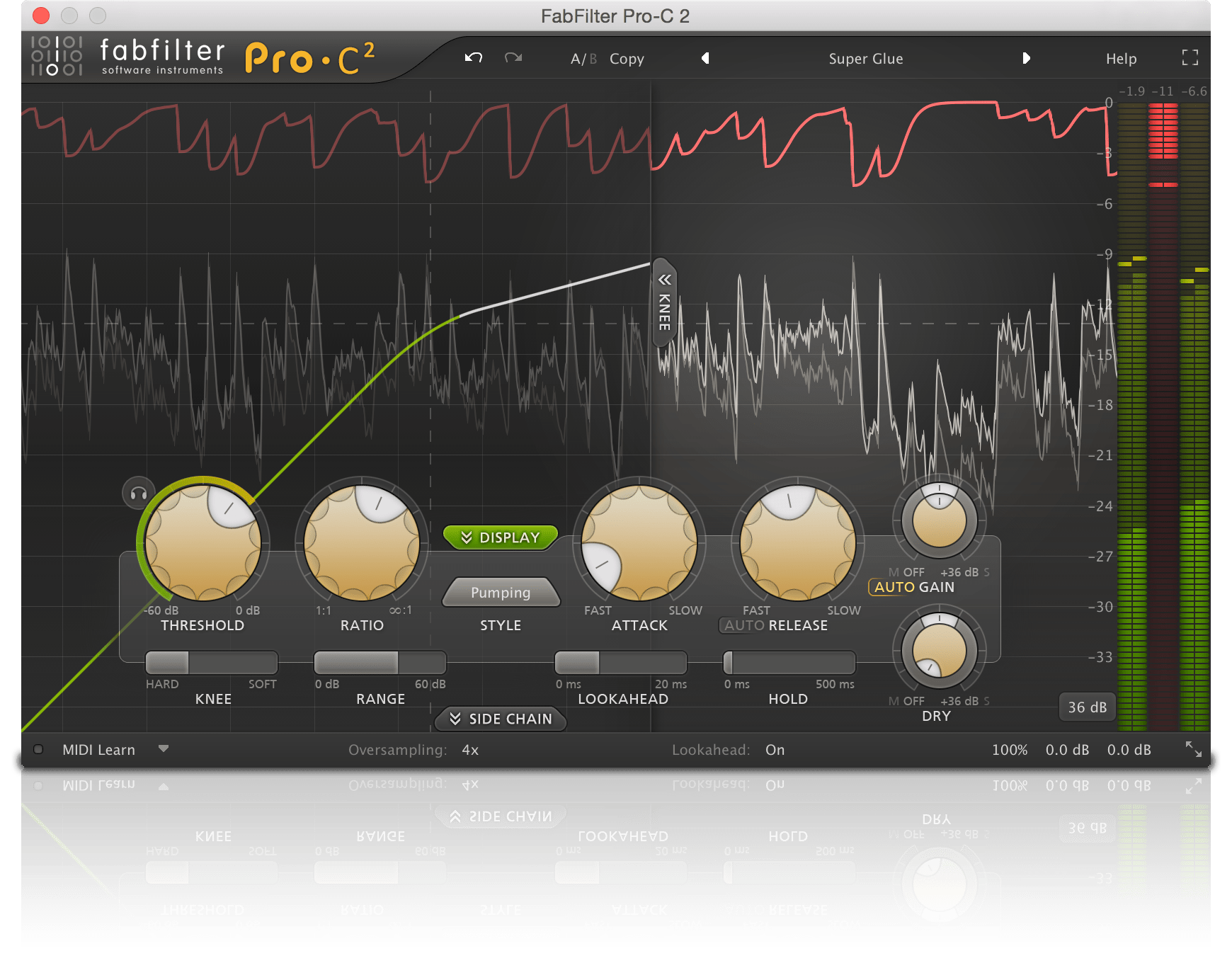Each song's eq may appear perfect by itself, however if you sequence them together, unexpectedly one song sounds too intense (or too dull ...). Idea # 1: remember that any eq modifications to your stereo mix affect the entire mix - if you want to cut 3 db at 80Hz due to the fact that your mix sounds muddy, remember to examine how that affects all the instruments (e.g. the vocal), not simply the bass guitar and kick drum. Compression: In mastering, this is used not simply to control a mix or to include character, but likewise to "print" or send as much level to the master as possible without clipping the signal.
Spacing & Crossfading.
Spacing: there are various viewpoints regarding how one ought to approach the areas put in between songs on a record. Some feel the downbeat of one tune ought to fall at the start of a brand-new bar, in the tempo of the previous tune (to continue the flow.) Others believe you should prevent this like the plague, since it diminishes the effect. Download Beats Rap In the end, do whatever feels right. There is no requirement. Cross-fade your tunes if you like, or place 6 seconds between them. (2-4 seconds is common in the majority of popular, non-classical records, but it depends on you.) Final idea: you might be inclined to master the exact same recordings that you combined, whether it is for financial reasons, imaginative reasons, or simply due to the fact that you can. We strongly suggest that you get somebody else to master your project. The neutrality and fresh ears they give the table invariably lead to a more powerful, more cohesive album.
Normal areas of concern for a mastering engineer are: equalization (eq), compression, levels (volume) relative from one tune to the next, and spacing in between songs. Or you might have 10 tunes blended by three different engineers in five various studios.
Each tune's eq may seem ideal by itself, however if you series them together, unexpectedly one song sounds too bright (or too dull ...). Suggestion # 1: keep in mind that any eq modifications to your stereo mix affect the whole mix - if you desire to cut 3 db at 80Hz due to the fact that your mix sounds muddy, remember to check how that affects all the instruments (e.g. the vocal), not simply the bass guitar and kick drum. Compression: In mastering, this is utilized not just to control a mix or to add character, however likewise to "print" or send out as much level to the master as possible without clipping the signal.
